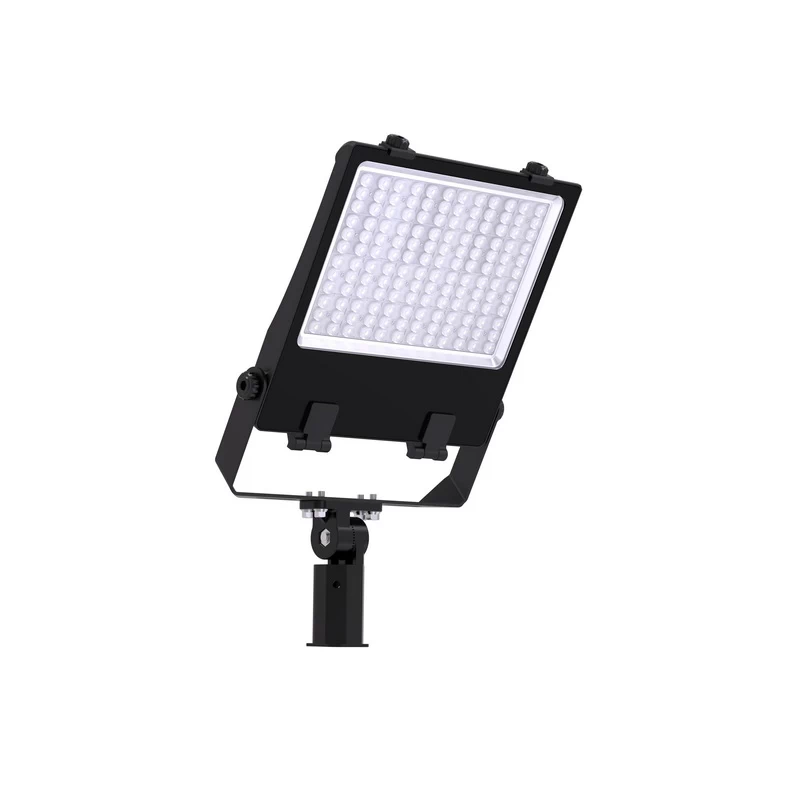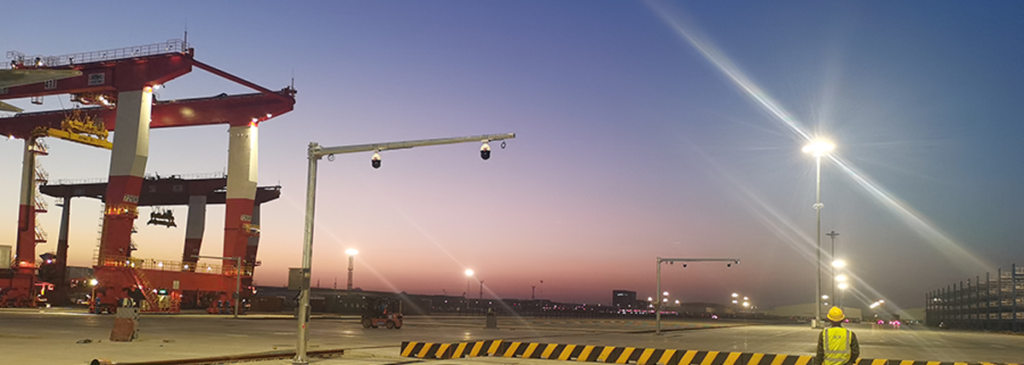The Importance of Cold Storage Lighting
Appropriate lighting is essential in warehouses because it helps preserve the quality of the items stored and helps workers do their jobs safely. Because the eyes process about 80 percent of the information in an individual's surroundings, lighting aids in efficient and accurate performance. Good lighting enhances the overall wellbeing that workers feel, particularly in those who do shift work. Appropriate lighting also helps minimize capital expenses and maintenance costs.
When cold storage lighting is poor, workers may experience eye fatigue and straining that could lead to headaches, visual problems, an increase in errors, and an increased probability of accidents. Lighting problems (eg, flickering, glare, poorly distributed light, insufficient lighting , and improper contrast) may also contribute to feelings of stress, psychological distress, low morale, and disturbances to sleep-wake cycles.

Why You Should Install High Bay LED Lighting in Your Cold Storage Warehouse
Why You Should Install High Bay LED Lighting in Your Cold Storage WarehouseCold storage facilities have 1 mission: keep what needs to be cool, cool. If the mission fails, then spoiled and wasted products means money and business lost. The bulk of energy costs at cold storage facilities consists of keeping refrigerators running and maintaining appropriate temperatures in storage rooms; however, keeping energy costs low in cold storage facilities can be extremely challenging. Fortunately, cold storage facilities can reduce operating and energy costs by simply installing LED products, like high bay light fixtures.

LEDs Do Not Produce High Quantities of Heat
What makes LEDs the best option for cold-temperature environments? Well, it’s not necessarily the energy (at least that’s not all of it).
LEDs use less wattage to create the same amount of illumination as conventional lighting (and this saves facilities a lot of money), but what makes LEDs the best option for cold-temperature environments is that LEDs do not produce as much heat as other light options .
Many light bulbs lose most of the energy they produce to heat energy—for example: incandescent light bulbs give off 90% of their energy as heat and CFLs give off 80% of their energy as heat.
Metal Halide Light Fixtures have an average temperature of 450 degrees Fahrenheit and this works against cooling systems—seems pretty counterintuitive, no? LED Light Fixtures have an average temperature of 78 degrees Fahrenheit, which means, just by installing LEDs, you can save money by conserving energy and reducing cooling costs—it's a win-win!

Installing LED Light Fixtures is a Simple Way to Reduce Costs
People who manage cold storage facilities often focus on simple ways to save energy, like: optimizing refrigeration, and insulating walls and doors to keep hot air from entering and cold air from escaping, etc. However, lighting is a significant contributor to energy costs within cold storage facilities and it should never be overlooked. Here are a few additional reasons why LED high bay light fixtures are the best option for cold storage facilities:
1. LEDs are Highly Controllable
In addition to LEDs delivering consistent performance and durability in all temperature environments, LEDs can be connected to controls, like occupancy sensors and dimmers, to further reduce energy consumption and costs. When lights aren’t needed, turn them off! Or dim them.
2. LEDs are Instant On/Off
You don't have to worry about turning LED light fixtures on and off too many times, because LED light fixtures can cycle on/off without the longevity of the fixtures being compromised. LEDs instantly return to full intensity when activated, even in below- freezing temperatures.
High Intensity Discharge, High Pressure Sodium, and High Intensity Fluorescent light options have warm-up issues that prevent them from reaching safe illumination levels instantly and frequent on/off cycling shortens their usable life.
3. LEDs Last a Long Time
There is 2 main issues associated with Metal Halide and High Pressure Sodium light options: excessive energy consumption and expensive lighting maintenance. LEDs provide cold storage facility managers 1 solution for both problems. LEDs use 80% less energy than conventional light fixtures and last for an average of 50,000 hours. Say goodbye to frequent maintenance and replacing!









